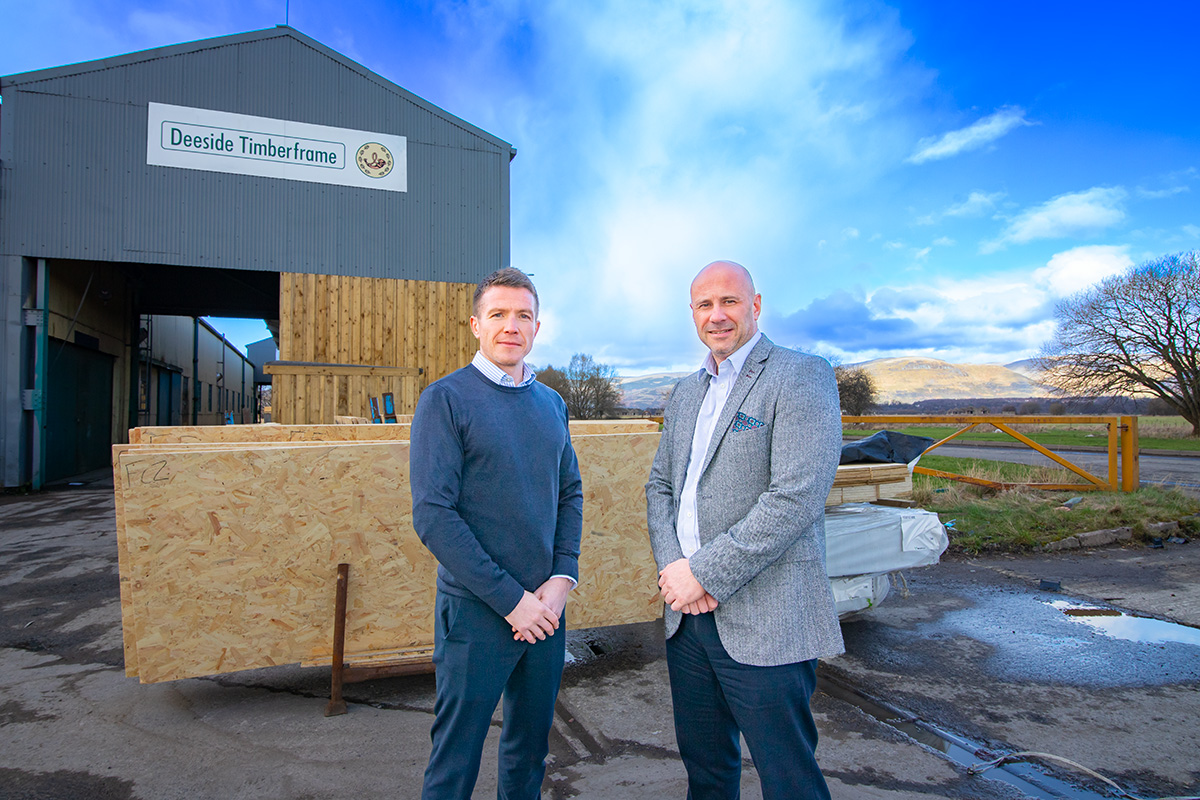
The construction industry is rapidly changing, with offsite timber frame manufacturing emerging as a key player in the future of building. This modern method of construction, known for its speed, sustainability, and cost-effectiveness, is gaining momentum across various sectors. How will timber frame construction shape the industry in the coming months and years? Let’s explore the predicted trends, factors driving its adoption, and the potential impacts on the sector.
The Rising Popularity of Timber Frame Construction
Timber frame has long been celebrated for its numerous advantages over traditional building methods. However, recent trends and emerging challenges in the construction industry are accelerating its adoption:
- Speed of Construction: One of the most compelling benefits of timber frame is its rapid build time. Prefabricated timber components can be assembled on-site quickly, significantly reducing construction timelines. This efficiency is particularly advantageous in a market where speed is critical to meeting housing demands and reducing costs.
- Sustainability: With the global focus on sustainability and reducing carbon footprints, timber frame construction stands out as an eco-friendly alternative. Timber is a renewable resource that sequesters carbon, making it an excellent choice for environmentally conscious projects. As governments and industries push for greener building practices, the demand for timber frame is expected to rise.
- Cost-Effectiveness: The cost savings associated with timber frame construction are another major draw. Reduced labour costs, minimised on-site waste, and shorter construction periods contribute to overall cost efficiencies. In a competitive market, these savings can make a significant difference in project viability and profitability.
- Regulatory Support: Increasingly stringent building regulations focused on energy efficiency and sustainability are also driving the adoption of timber frame. For example, the UK’s Part L regulations, which set standards for thermal performance and energy use in buildings, are easier to meet with timber frame construction due to its natural insulating properties and design flexibility.
Predicted Trends in Timber Frame Construction
Given these advantages, several trends are likely to shape the use of timber frame in the coming months and year:
- Increased Adoption in Residential Projects: The residential sector, particularly in regions like England where there is a pressing need for affordable housing, is expected to see a significant increase in the use of timber frame. The ability to quickly and efficiently build homes will be crucial in addressing housing shortages and meeting government targets for new housing units.
- Growth in Commercial and Mixed-Use Developments: Beyond residential projects, timber frame is making inroads into commercial and mixed-use developments. Projects such as care homes, student accommodations, and office buildings benefit from the speed and sustainability of timber frame construction, making it a preferred choice for developers looking to meet tight deadlines and sustainability goals.
- Expansion into Urban Areas: As urbanisation continues, the need for efficient and sustainable construction methods in densely populated areas will grow. Timber frame’s ability to reduce on-site construction time and disruption makes it ideal for urban projects where space and time are at a premium.
- Innovative Design and Engineering: Advances in timber frame technology and design are opening up new possibilities for architects and engineers. The flexibility of timber allows for creative and innovative building designs that meet modern aesthetic and functional demands. This trend is expected to continue, with more projects showcasing the potential of timber frame.
The Role of Industry Leaders
As timber frame construction gains momentum, industry leaders like Deeside Timberframe are playing a crucial role in driving its adoption. By integrating cutting-edge technologies and sustainable practices, Deeside Timberframe offers comprehensive solutions that meet the evolving needs of the industry.
“We are committed to not only advancing timber frame technology but also ensuring that our methods contribute to a more sustainable and efficient construction landscape,” says David Crawford, Managing Director of Deeside Timberframe. “Timber frame is perfectly suited to meet the regulatory changes recently seen in both Scotland and England. The updated regulations, particularly around energy efficiency and carbon reduction, align seamlessly with the inherent benefits of timber frame construction.”
The future of timber frame looks promising, with its benefits of speed, sustainability, and cost-effectiveness positioning it as a key player in the construction industry. As we move forward, the adoption of timber frame is set to accelerate, driven by the need for efficient, eco-friendly building solutions. For developers, architects, and builders, embracing timber frame technology is not just a strategic decision but a forward-thinking move towards a more sustainable and efficient construction future.
For more information on how timber frame can be integrated into your next project, or to discuss the benefits in more detail, please email info@deesidetimberframe.com or call 01569 767 123. Let us help you build smarter and more sustainably with timber frame.